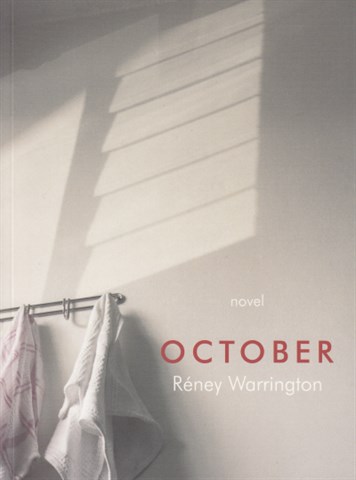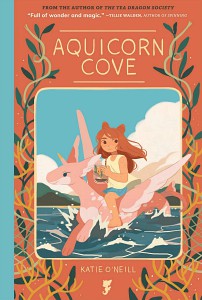In many ways, October feel like a snippet from someone’s real life. It’s as if you sat someone down and said “So, what’s your story?” or “How did you two meet?” and they decided to tell you the whole story. It’s a short book, but it keeps a slow pace for the most part, focusing on the tentative development of a relationship between two wounded people.
Jo, the main character, is a photographer in Johannesburg, and she bounces between parties that she shoots at mindlessly, and coming home to spend time with her family. Her life revolves around her mom, her brother, and her niece and nephew. Her brother, Brian, is disabled, and unfortunately seems to largely serve as a tragic backstory for Jo. Especially in the beginning of the book, there’s a lot of focus on how Brian has impacted Jo’s life, but not a lot of development for him as a character in his own right.
Jo’s life is quickly thrown into upheaval when, in quick succession: her parents have a messy divorce, her father has a stroke and loses most of his memory, and her sister forbids Jo from seeing her niece and nephew because apparently being gay is contagious. These events happen so quickly in the narrative that I thought at first that they were flashbacks. After this is established, however, the rest of October is concerned with the fallout of these events on Jo’s life. I couldn’t help sympathizing with Jo’s mourning of her niece and nephew, because my role as an aunt is a hugely important part of my life, and I couldn’t imagine not being allowed to see my nieces. This is unfortunately still a reality for way too many queer people, and I respected that October really allows room for Jo’s grief.
For the most part, though, this is a love story. Jo meets Leigh, a former pop singer dealing with her own trauma. They are drawn together, but are hesitant of hurting themselves and each other. They negotiate their emotional boundaries, and the majority of the narrative is spent on their careful courtship, allowing each other to be in their lives.
The photos include add another layer to the novel. I didn’t really get a lot out of the small black-and-white photos that preceded each chapter, but once I got to the full colour prints in the middle of the book, I realized how they related to the story. They are sparse, with a lot of empty space, and it’s fitting for a novel dealing so much with loss.
There were some typos throughout the book, and I did have some problems with it, but if you’re looking for a romance that feels realistic and unhurried, you should give this one a try, especially for a different setting than is usually written.

